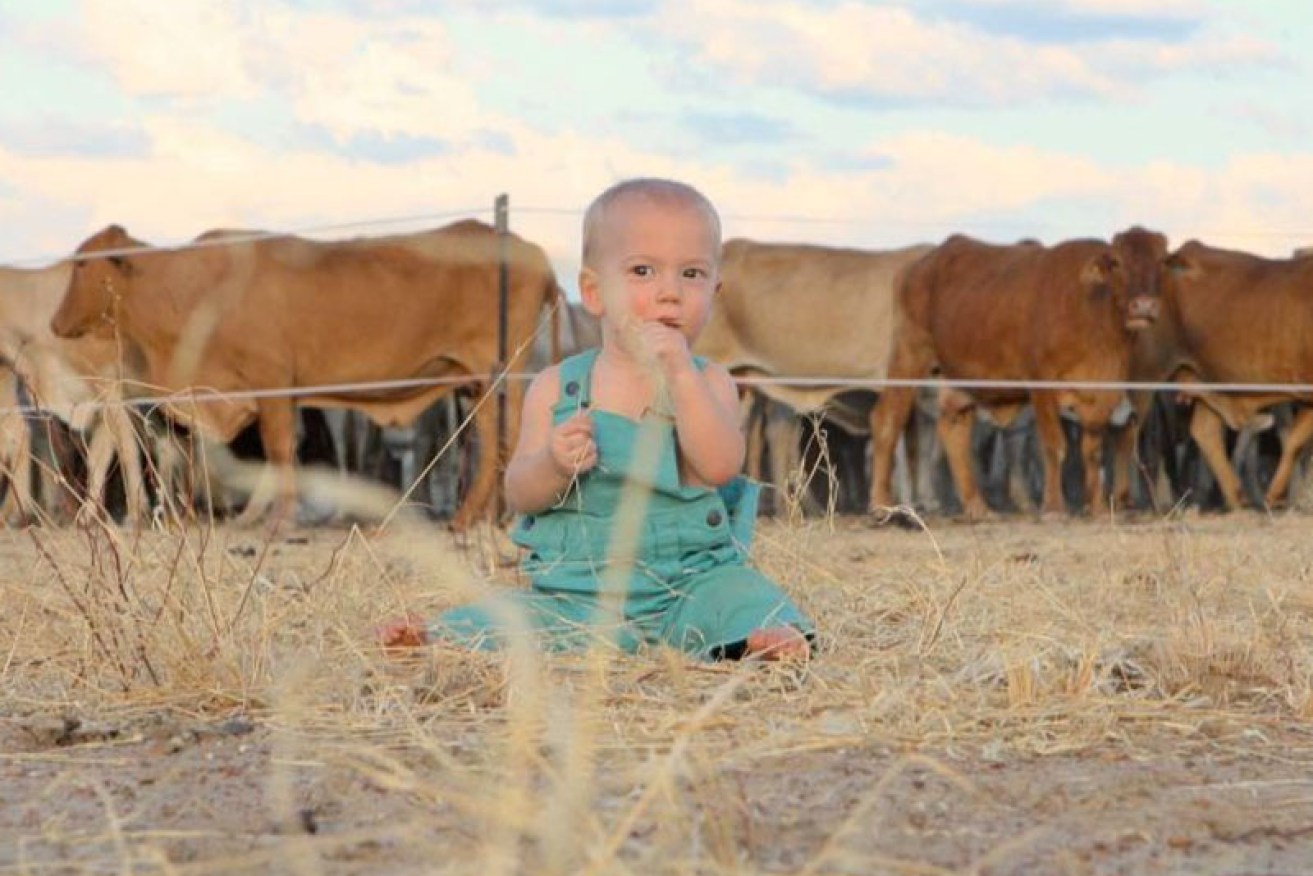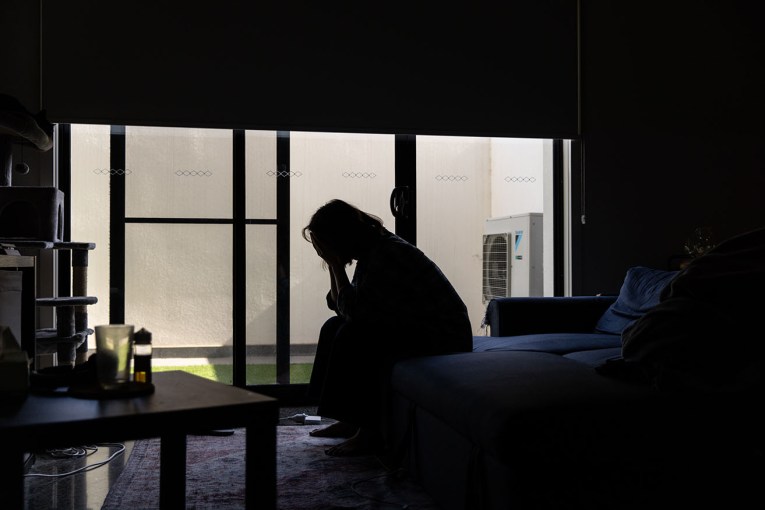Rural children at risk of ‘brain-eating parasite’ in fresh water

ABC
Regional communities are being advised to chlorinate their house water after a third child death from a “brain-eating parasite”.
The amoeba, Naegleria fowleri, thrives in warm fresh water across large parts of inland Australia.
While authorities say infection is very rare, medics warn survival is even rarer.
• Cancer-ridden tapeworm kills Colombian man
• Don’t have a beef with bacon. This is the meat of the matter
• These are the deadliest animals in the world
“It causes catastrophic meningitis encephalitis, and by the time these kids are diagnosed the treatments are usually ineffective,” public health physician Dr Steven Donohue said.
“We think that probably 98 per cent of cases die even in the best of hands, even in the most modern intensive care units.”
One-year-old Cash Keough, from Judith Royl station in north-west Queensland, died in April this year.
While his parents are yet to come to terms with their loss they felt compelled to share their experience on Australian Story, in a bid to warn other families of the potential dangers.
“We owe it to him to let people know,” Cash’s father Laine Keough said.
“You don’t want this to happen to another family.”
The toddler’s mother, Jodi Keough, suspects he was infected while playing with a garden hose filled with untreated water.
“That day always stands out in my mind because I insisted all three of my kids have a hose each to play with, thinking I was being a good mum,” Ms Keough said.
“But I was actually putting my kids in some form of danger.”

Laine Keough said he doesn’t “want this to happen to another family”. Photo: ABC
Cash is the third child to die in the Winton-Richmond area – halfway between Townsville and Mount Isa – in Queensland.
“One is a fluke; two, that’s a coincidence,” Dr Donohue said.
“But three? That’s when you really start thinking, what’s going on here?”
Five-year-old James Elliott died on Boxing Day 2001.
His mother said she believed a sprinkler on their homestead, 100 kilometres from the Keough’s property, was the source of infection.
“It started with a bit of a fever. The next day he was unresponsive,” James’ mother Margie Elliott said.

Bore water on the Keough’s property was the suspected source of infection. Photo: Marc Smith/ABC
It was not until James’ half-sister, 19-month-old Anabella Elliott, died eight years later, having bathed in untreated water on the same property, that doctors could conclude the cause was Naegleria fowleri.
“When Anabella got sick, I think I went into denial and I sort of shut down on a lot of it,” Gerald Elliott, James and Anabella’s father, said.
“I just knew it was the place of dread, it’s the place of horror.
“You accept you’ve got to bury your parents, but to bury your child is a place that no one wants to be.”
Naegleria fowleri was first identified in South Australia in the 1960s and has since caused 300 known deaths worldwide, mostly youth and children.
It is not only communities from north-west Queensland at risk.
The amoeba thrives in water temperatures above 25 degrees Celsius and has been discovered in lakes, creeks, dams, bores and rain water tanks across the country.
Authorities stress infection from Naegleria fowleri cannot occur from drinking, cooking or washing clothes in the water.
The danger arises when contaminated water enters the nose.
The Queensland Government has launched an awareness campaign, with health officials travelling across the state to educate both doctors and families in regional communities.
With no proven cure, the message will focus on prevention.
-ABC








